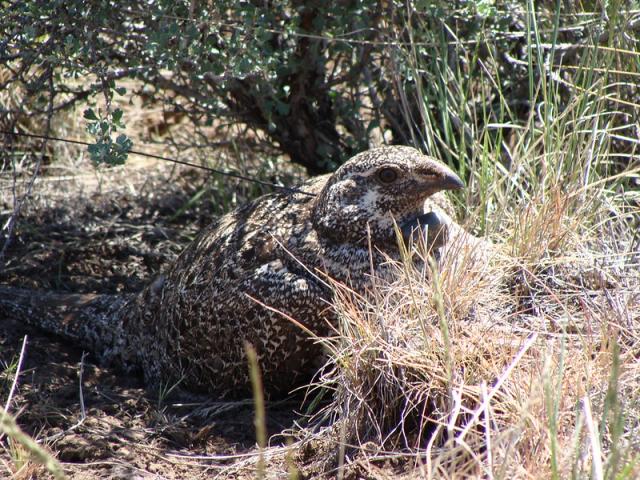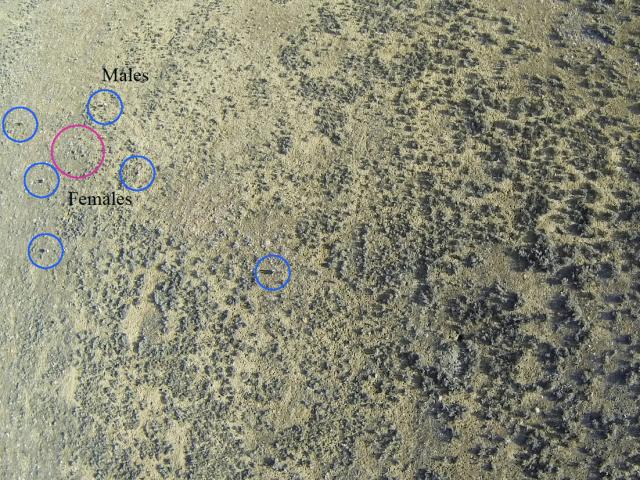Related Stories
- National Conservation Lands: 25 years – and eons – in the making
- BLM publishes interactive web map displaying access to public lands
- BLM announces 2025 fee-free days
- Fourth Restoration Landscape film highlights Cosumnes Watershed fire and fuels reduction efforts
- Local students continue habitat restoration on public lands in Gas Hills; nearly 7,000 sagebrush seedlings planted to date





